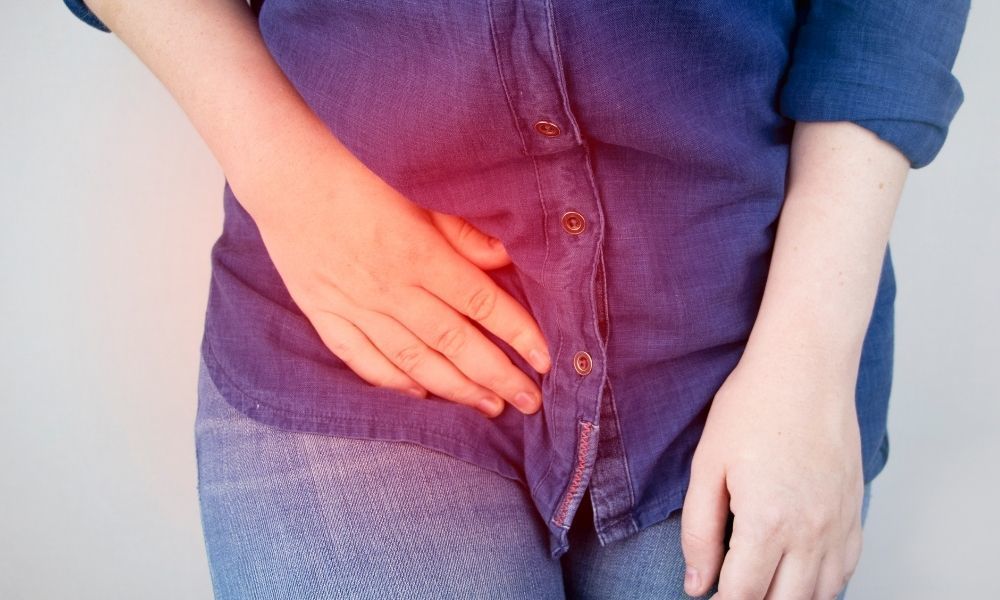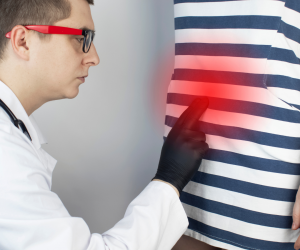- Corporate
- Clinic
- Diseases
- Digestive System Diseases
- Bad Breath
- Gastroesophageal Reflux
- Achalasia
- Esophageal Strictures
- Esophageal Cancer
- Eosinophilic Esophagitis
- Dyspepsia
- Gastritis
- Helicobacter Pylori
- Stomach Ulcer
- Stomach Cancer
- Gluten (Celiac)
- Diarrhea
- Constipation
- Anal Fissure
- Crohn’s Disease
- Ulcerative Colitis
- Colon Polyps
- Colon Cancer
- Hemorrhoids
- Irritable Bowel Syndrome
- Liver and Bile Tract Diseases
- Pancreatic Diseases
MenuMenuMenuMenuMenu - Digestive System Diseases
- Endoscopic Procedures
- Contact Us
- Corporate
- Clinic
- Diseases
- Digestive System Diseases
- Bad Breath
- Gastroesophageal Reflux
- Achalasia
- Esophageal Strictures
- Esophageal Cancer
- Eosinophilic Esophagitis
- Dyspepsia
- Gastritis
- Helicobacter Pylori
- Stomach Ulcer
- Stomach Cancer
- Gluten (Celiac)
- Diarrhea
- Constipation
- Anal Fissure
- Crohn’s Disease
- Ulcerative Colitis
- Colon Polyps
- Colon Cancer
- Hemorrhoids
- Irritable Bowel Syndrome
- Liver and Bile Tract Diseases
- Pancreatic Diseases
- Digestive System Diseases
- Endoscopic Procedures
- Contact Us
Hızlı Randevu
0(543) 254 1144




 After a correct diagnosis, treatment decisions should be made based on firm clinical judgment. There are variable clinical features during the course of the disease, so each case should be considered individually.
After a correct diagnosis, treatment decisions should be made based on firm clinical judgment. There are variable clinical features during the course of the disease, so each case should be considered individually. Crohn’s disease does not heal completely. By applying drug treatments, the severity of the disease is spread over time and intervened to overcome it more mildly.
Crohn’s disease does not heal completely. By applying drug treatments, the severity of the disease is spread over time and intervened to overcome it more mildly.
 Crohn’s disease is characterized by abscesses and fistulas. Fistulas usually pass through the mesocolon and may enter the small intestine or vagina. It may reflect carcinoma in chronically diseased intestinal segments.
Crohn’s disease is characterized by abscesses and fistulas. Fistulas usually pass through the mesocolon and may enter the small intestine or vagina. It may reflect carcinoma in chronically diseased intestinal segments.





